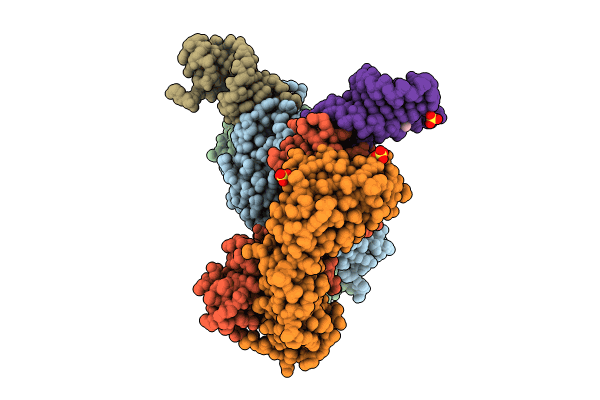
Deposition Date
2024-02-29
Release Date
2024-09-04
Last Version Date
2024-10-23
Entry Detail
Biological Source:
Source Organism:
Mus musculus (Taxon ID: 10090)
unidentified (Taxon ID: 32644)
unidentified (Taxon ID: 32644)
Host Organism:
Method Details:
Experimental Method:
Resolution:
2.07 Å
R-Value Free:
0.25
R-Value Work:
0.22
R-Value Observed:
0.22
Space Group:
P 1


